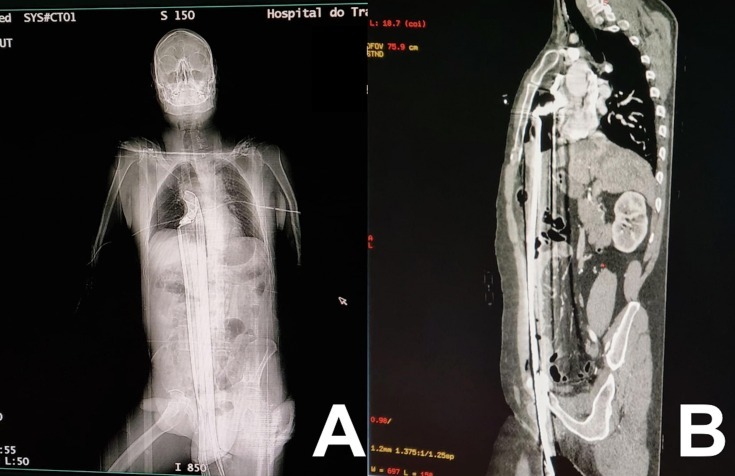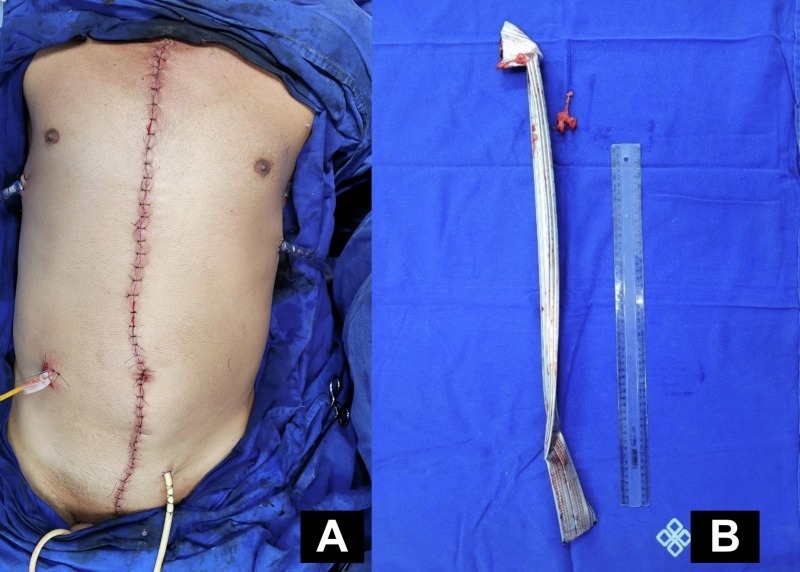Published on
Updated
Reading 2 min.
in collaboration with
Dr Gérald Kierzek (Medical Director of Doctissimo)
A 57-year-old Brazilian man almost died in a work accident. He slipped from scaffolding, and was impaled on an iron bar from his perineum to his sternum. How to react in the event of an accident like this? Advice from Dr Gérald Kierzek, emergency doctor and medical director of Doctissimo.
It was a spectacular accident with a surprising outcome. A 57-year-old Brazilian man was on scaffolding when he slipped, falling 5 meters from a height. He miraculously avoided death, as his fall caused him to be impaled on an iron rod, running from his perineum to his sternum.
An iron rod that narrowly misses its heart
By falling like this, the iron bar pierced the man’s abdominal wall, hitting his liver and diaphragm and narrowly missing his heart. “In his misfortune, this man had incredible luck” estimates Gérald Kierzek, emergency doctor and medical director of Doctissimo.

“We can see on the scanner images shared by the doctors that the bar passed through the subcutaneous tissue, between the skin and the fat, then passed under the sternum but the main organs were spared.
An operation necessary to remove the rod
The doctors who treated the patient explain that he had to undergo surgery to remove the iron bar. They explain that when he arrived at the hospital, the man’s constants (blood pressure, heart rate and saturation) were stable.

He was quickly taken into surgery for a thoracotomy – an opening of the chest via the sternum – to remove the metal object. Doctors then repaired the injured organs, sutured the wounds and transferred the patient to intensive care to receive a blood transfusion. After two days, he could walk and talk again.
Never remove a foreign body from a wound
This story serves as a reminder of the emergency actions to take before coming to the aid of an injured person of this type. “Above all, you must not remove the object responsible for the accident, whether it is a bladed weapon or another.” recalls Dr. Gérald Kierzek, emergency physician and medical director of Doctissimo.
And this for two reasons, he explains. “The first is that the object helps stop the blood, because the vessels create a vasoconstriction around it: by removing it, we risk accentuating the hemorrhage” warns the doctor.
“The second is that removing the object risks accentuating the damage, the object having already perforated various structures on the way out.“In all cases, a trip to the operating room is obligatory.”The patient must be taken care of by surgeons, so that they can safely remove the foreign body.” he concludes.
